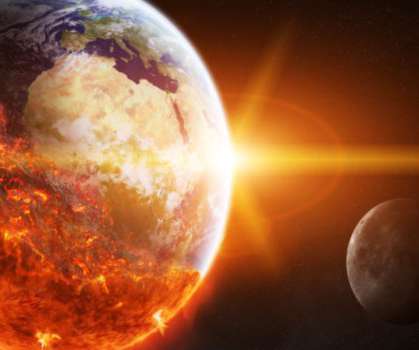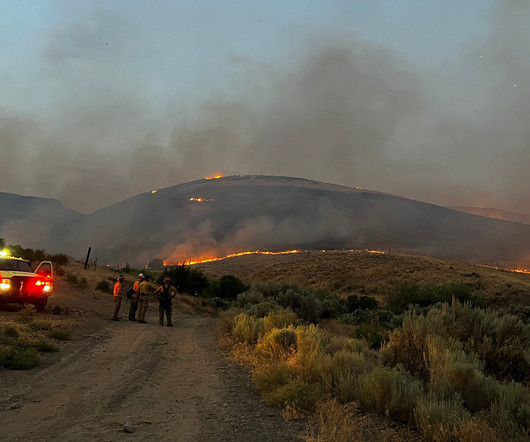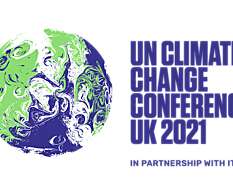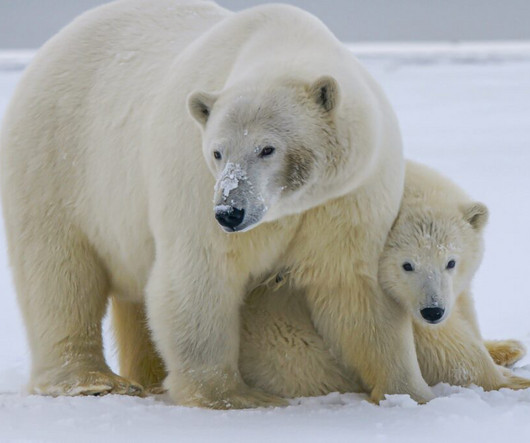New, Updated Carbon Majors Dataset Holds Promise for Researchers, Litigators
Union of Concerned Scientists
APRIL 4, 2024
That 2013 headline resulted from the first effort to quantify emissions from the ‘carbon majors’ —fossil fuel companies and cement manufacturers whose businesses have contributed an outsized amount of heat-trapping gases to the atmosphere.


















Let's personalize your content